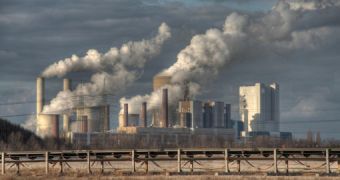The Union of Concerned Scientists has recently published a new study stating that, environmental protection aside, it makes considerably much more sense to invest in green energy sources, rather than keep holding on to coal power.
As previously explained, several new air quality standards brought forth by the US Environmental Protection Agency will translate into the country's coal powered plants hitting some very rough patches.
More precisely, some will have to shut down altogether and others will be left with no choice other than undergo a so-called green-makeover.
The Union of Concerned Scientists now says that, rather than invest significant amounts of money in extending the life of these coal plants, it would be best to ditch this energy resource altogether and turn towards renewables instead.
Thus, their study has shown that, for the time being, as many as 350 coal generators spread across 31 American states are simply no longer economically viable.
“Our analysis shows that switching to cleaner energy sources and investing in energy efficiency often makes more economic sense than spending billions to extend the life of obsolete coal plants,” specialist Steve Frenkel says.
Furthermore, “Regulators should require utility companies to carefully consider whether ratepayers would be better off by retiring old coal plants and boosting electricity generation from natural gas and renewable energy sources like wind.”
The official website for the Union of Concerned Scientists says that, thanks to existing power plants, the US can let go of coal power without the country's citizens ever having to experience power shortages and/or outages.
“The nation's current natural gas power plant fleet operated at only 39 percent of its design capacity in 2010. Running these plants at 85 percent capacity would generate more electricity than is currently being produced by all ripe-for-retirement coal generators, plus an additional 288 coal-fired generators that have already been scheduled for closure,” they say.

 14 DAY TRIAL //
14 DAY TRIAL //